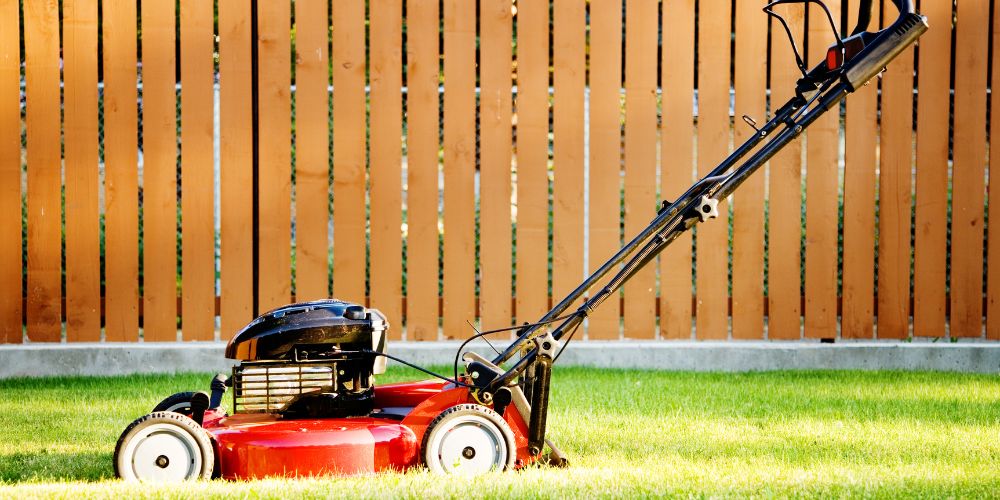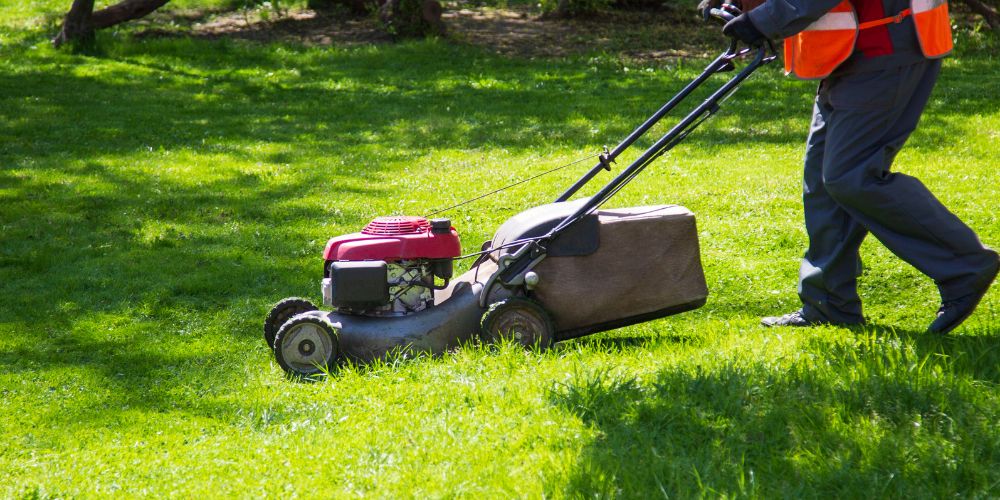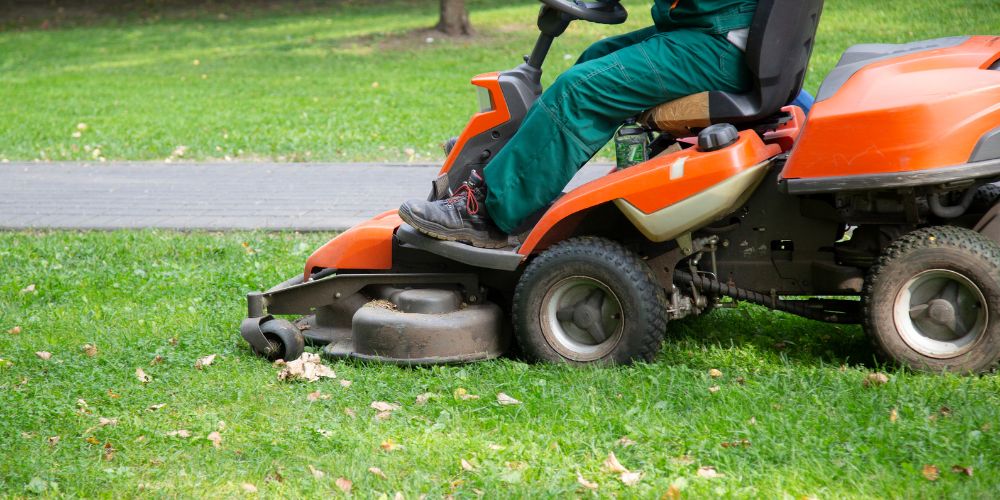Overview
Walk mowers are a type of lawn mower that uses a manual push mechanism to operate. As the user pushes the mower along the ground, the blades of the mower revolve, cutting the grass to the desired length.
The size and style of the blades, the engine and power source, the height adjustment mechanism, and the general design and construction of the machine are all important variables in the functioning of walk mowers.
These elements can have an influence on the efficiency, convenience of usage, and maintenance requirements of walk mowers.
How Walk Mowers Work?
Walk mowers are a type of lawn mower that uses a manual push mechanism to operate. The mower’s blades revolve as the user pushes the mower along the ground, cutting the grass to the desired length. Understanding how walk mowers function entails investigating the essential elements involved in their operation.

Size and style of blades
The size and shape of walk mower blades used can have a considerable influence on cutting performance. Blades vary in length and form, with some tailored to certain grass kinds or cutting heights. The sharpness and balance of the blade also influence the quality of the cut. Sharp and balanced blades make a clean, even cut, but dull or unbalanced blades can harm grass.
Motor and power source
Gas, electricity, and manual propulsion can all be used to power walk mowers. A motor operates the blades on gas-powered mowers, whereas electric mowers may use a plug-in or battery-powered motor.
Manual mowers rotate the blades exclusively by the operator’s pushing strength. The mower’s cutting ability, mobility, and maintenance requirements can all be influenced by the power source.
Height adjustment mechanism
A walk mower’s height adjustment mechanism allows the user to modify the cutting height of the blades. This mechanism can vary in design, with some mowers using a single lever to change all four wheels and others requiring you to adjust each wheel independently. The ability to modify the cutting height can have an impact on the cut quality and overall look of the grass.
Design and construction
A walk mower’s entire design and construction can affect its performance, longevity, and simplicity of use. Weight, tire size, and handlebar design may all have an impact on how simple the mower is to push and steer. The materials used in the deck and other components can have an influence on the mower’s longevity and resistance to wear and strain.
FAQs
1. How do I properly maintain my walk mower?
Proper maintenance includes keeping the blades sharp, cleaning the deck after each use, checking and changing the oil, and storing the mower in a dry, protected area.
2. Can walk mowers be used on uneven terrain?
Yes, but the terrain should be relatively even and free of large obstacles to prevent damage to the mower or injury to the operator.

3. What is the difference between a walk mower and a riding mower?
A walk mower is manually pushed by the operator, while a riding mower is powered and driven by an engine.
4. How long do walk mowers typically last?
The lifespan of a walk mower can vary depending on the frequency of use, maintenance, and overall quality of the machine. On average, a well-maintained walk mower can last between 8-10 years.
5. Can walk mowers be used to cut grass at different heights?
Yes, most walk mowers feature a height adjustment mechanism that allows the operator to adjust the cutting height of the blades to accommodate different grass lengths.
Conclusion
We looked at the blade size and type, the engine and power source, the height adjustment system, and the mower’s design and construction. We also addressed commonly asked issues about adequate maintenance, suitability for rough terrain, the variations between walk and riding mowers, estimated lifetime, and the capacity to cut grass at various heights.



